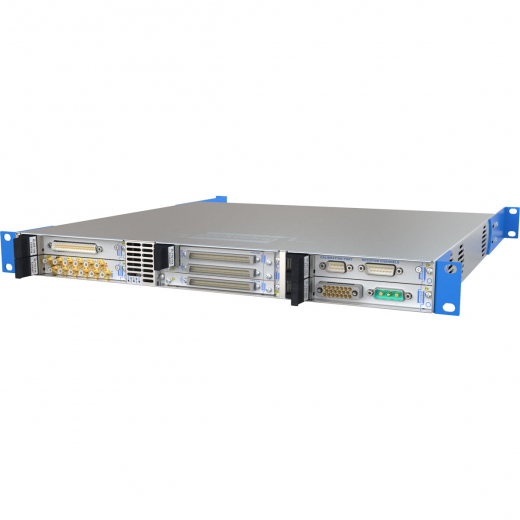It is an acronym for LAN eXtensions for Instrumentation. LXI builds on industry standards, particularly those supported by the IEEE, to provide a standardized method of controlling instruments and other devices through a LAN interface and at the same time provide a capability similar to or exceeding the IEEE488 standard.
A publicly available version is available on the LXI website. Copies of working documents are available by joining the LXI Consortium. Joining the Consortium allows companies to actively participate in the creation and promotion of the standard and gives access to other companies’ experience in implementing the standard.
Virtually all the leading companies in Test and Measurement are supporting the LXI standard. A membership list can be obtained from the LXI Consortium website.
There are instruments available that have LAN interfaces that are not LXI compliant. They behave in proprietary ways and all the legacy LAN instruments tested initially failed some aspect of the LXI specification, highlighting the advantages of adopting an industry standard.
Only to a very limited extent. The architectures are quite different and consequently, each will find its own marketplace where they offer the best solution.
To a great extent, this is not a useful question. In PXI modules generally transfer data to a PC for analysis, the architecture requires the transfer to be made quickly in order for the system to emulate traditional instruments. In LXI most instruments will internally process data and simply supply a result, so the amount of traffic is much lower. If speed is an important criterion it should be judged not on bus speed but on the speed of the overall system when it performs the required task.

Not a lot. The LAN connection has been specified to ensure that just like modern IT products the LXI device will recover from the event and will not cause the LAN system to misbehave.
Wireless links can be included in the network, but at present, the standard does not support a direct wireless connection to an LXI device.
LXI has a consistent definition of triggers based on an 8 channel model. Triggers can be generated over the LAN interface, the web interface can be timed events based on IEEE1588, or use the wired trigger bus.
IEEE1588 defines a method of synchronizing time, in this case over a LAN interface. A system supporting IEEE1588 has a common sense of time that can be used to define (in time) when an action (trigger) needs to occur or when an event occurs (timestamp). The timestamp can be used to align data in several devices. The operation of IEEE1588 on Class A and B devices is transparent to the user once it has been set up.
The most basic class of LXI devices is Class C which supports the physical, programmatic, LAN, and web parts of the standard. Class B devices additionally support IEEE1588 and the triggering model, Class A devices additionally support the wired trigger bus.
It is a cable-based link using standard connectors between Class A LXI devices that provides 8 channels of triggering. The physical link uses Multi-drop LVDS signaling to provide a highly deterministic method of exchanging hardware triggers between devices.
There could be but these have to be addressed in the same way as other IT products that exist on LANs. In most cases, corporate IT policy will encourage test systems to use their own LAN with external connectivity controlled in accordance with modern security practice.


Recent Comments